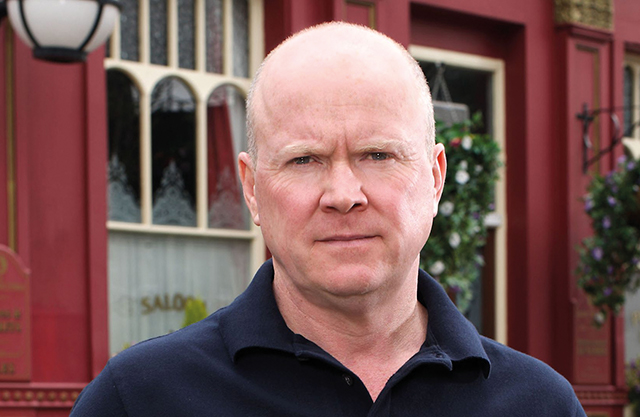
Since the takeover of Netflix, traditional television ratings have been on a downhill slope. Genre upon genre of tv and film are available in an instant, so why wait to watch something on the box in your sitting room like a caveman? Well, there is one exception to this trend. Soap operas are a television titan that aren’t going anywhere.
Coronation Street first hit bulky television screens around the UK and Ireland 58 years ago in 1960 and although the actual screens are thinning, it’s audience isn’t. Since then, many more soaps like Eastenders, Emmerdale, Hollyoaks and even one that has a special place in Ireland’s heart, Fair City, have made their debut and stuck around.
In fact, 2018 has been Coronation Street’s best year for rankings in a long time. Despite controversy from viewers, Pat Phelan’s murder spree coming to a climatic reveal in front of Eileen, pulled in audiences of 9.4 million. This makes it the most-watched episode in the Friday slot in more than four years, and Coronation Street’s highest audience in any slot since 2015. 6 million people also tuned in for Aidan Connor’s suicide episodes, the largest viewership of any show on ITV that week.
There was once a time that only two episodes a week were shown by each soap and this was enough to keep people’s soapland cravings satisfied. Now Coronation Street and Emmerdale show six episodes a week, Eastenders is on four times a week, Hollyoaks airs five times a week and Fair City matches Eastenders with four.
Lots of people can’t even manage to see their closest friends and family four times a week let alone six so it’s no wonder that people grow attached to the characters they see on screen and become emotionally invested in what happens in their lives, even if they know it’s make-believe.
‘I started watching them [soaps] when I was a kid with my mam because she watched them. I watch them every night, probably because most of the characters have been the same for years and I’ve been following them the whole way up. There’s also the fact that some of the story lines are true to life so they are relatable,’ said Rachel Keogh,aged 28 from Dublin.
William Roche, aged 86, who plays Ken Barlow on Coronation Street has been a regular on the show since its very first episode. He is listed in the Guinness World Records as the longest-serving living television actor in a continuous role. Tracy and Peter Barlow, Gail Rodwell (or any other surname you want to give her) and Rita Tanner have all also been in the show for over 40 years. Ian Beale and Dot Branning have both been in Eastenders since the show’s first year in 1985 and are still appearing in episodes. There are many more characters across all the soaps, including Fair City’s Paul Brennan and Charlie Kelly, that have been there since the very beginning in 1989. There are also characters that may not have been present since the beginning of the respective show’s lifeline but have been there since the beginning of the lives of new generations that will grow up watching them.
This poses the question of whether children growing up now, in a world where television is far less prominent than it was for their parents, grandparents and even older siblings, will continue watching the soaps because their parents do or if they are too busy with their nose in their phone to realise what is on the tv in the first place, bringing an end to the long held traditional cycle of soap operas.
Gillian Hogan
Image Credit: bbc.co.uk
